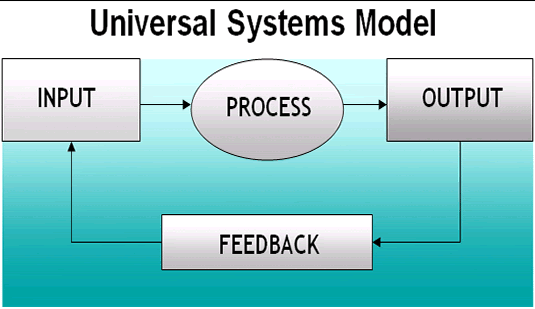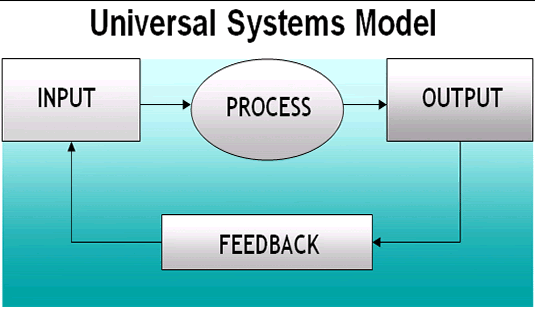
There are two broad categories of models: statistical and mathematical.
Statistical Models
Statistical models are a subset of mathematical models. I am dividing them into two broad categories, although it is a fairly arbitrary distinction.
Models to Identify Relationships
Statistical models may be used to find relationships between inputs and outputs of a system. These models may be simple or more complex, such as a linear or nonlinear combination of inputs or outputs that is solved for the best fitting parameters. Computational techniques involved in solving these models include:
- Parameter selection
- Model pruning
- Assumptions of Normality
- Sum of Square regression
- Transformation of the data
- Analysis of covariance and correlation
- Data mining
Models of Sampling Methods
Statistical models are also used to model the sampling methods. Sampling methods are measuring the intersection between the inputs and the process of the system. Sampling method models give information about the probability of an output given an input and a process. These models make an assumption about the process, such as a binomial process sampling proportions, or a normal process sampling means. Computational techniques involved in solving these models include:
- Bayesian posterior distribution estimates
- Maximum likelihood estimates
- Bayesian parametric models
Mathematical Models
Mathematical models is a more general term which covers many techniques. I’m going to separate it into two semi-arbitrary categories.
Time Series Models
Ordinary differential equations (ODEs) are one of the most commonly used models in Biology for well-defined systems. A differential equation gives information about the velocity of the process, which directly translates into kinetic parameters in the cell. Biological kinetic parameters include protein binding, enzyme catalysis, diffusion, and degradation. ODEs can be used to accurately model the process of the system. They can be used to obtain information about the inputs and/or the outputs of the system. Of course, Bayesian statistical methods overlap heavily with this category. Methods to solve the parameters of these models include:
- Curve fitting
- Experimentally obtained kinetic parameters
- Known behavior of the system
- Apriori information
Static Models
Models that produce a point estimate or time invariant systems can be considered static models. An ODE model can be considered to be time invariant to solve the model in a different way. The ODE model can be transformed into a time invariant model using a Laplace transformation. Flux balance analysis (FBA) models give point estimates about the contribution of various sub-systems to the objective function. Computational techniques may include:
- Flux balance analysis
- Flux variability analysis
- Laplace transform
- Curve fitting
- Eigenvalues
